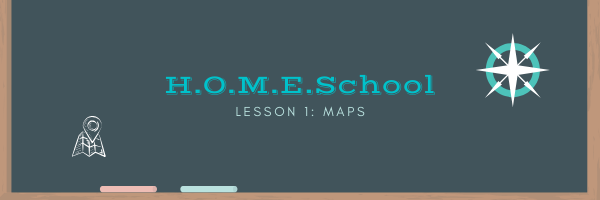
As the poet, farmer, and environmental activist Wendell Berry once said, “If you don’t know where you are, you don’t know who you are.”
Our first H.O.M.E.School activity asks students to make a list of the special places in their lives and draw their own “sense of place” maps. These maps do not need to be geographically accurate, but they do tell the story of a place from your kid’s point of view.
This lesson will help develop their spatial reasoning abilities, their mapping skills, and a greater “sense of place” – or connection to the Great Lakes.
Time/Materials
This activity will take between 30 minutes and an hour.
You’ll need:
- Writing and/or drawing utensils
- Paper
- Online or paper maps
Ready? Head to the Classroom!
Watch the video below to learn about maps and get today’s activity.
Share the Learning
Ask your kids to show you the maps they’ve made. What places have they drawn? Why are these things important to them?
Extra Credit
Kids: Practice your mapmaking skills. Try to draw or trace an outline of the Great Lakes!
Parents: Share your kid’s Great Lakes map on social media! And if you tag the Alliance for the Great Lakes, we might share it, too.
Deep Dive
Want to learn more? Check out these resources!
- Great Lakes Fast Facts from Michigan Sea Grant. Click on your favorite lake to see fun facts and a map.
- How to Read a Map:
- Explore Maps and Models of Earth with this National Geographic activity (Kindergarten & Up).
- Learn How to Read a Topographic Map with this REI video that teaches about contour lines, scale and legends (Grade 4 & Up).
- Great Lakes Basin Maps: A “basin” (or “watershed”) is all the land that drains into a body of water. These maps show the land that drains into the Great Lakes.
- This Great Lakes Basin Map from the Center for Great Lakes Literacy also includes the depths of the Great Lakes.
- This Great Lakes Basin Map is available for FREE from Michigan Sea Grant.
Find more Great Lakes lessons at H.O.M.E.School.
